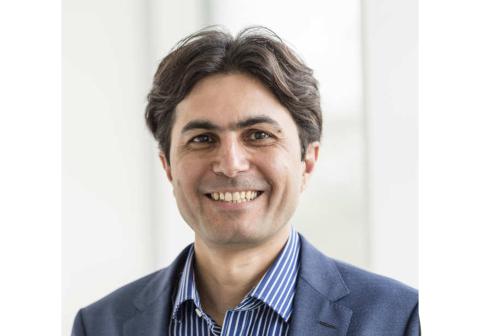Abstract
Commun Med (Lond). 2024 Oct 31;4(1):222. doi: 10.1038/s43856-024-00646-0.
ABSTRACT
BACKGROUND: Nocturnal disturbances are a common symptom experienced by People Living with Dementia (PLWD), and these often present prior to diagnosis. Whilst sleep anomalies have been frequently reported, most studies have been conducted in lab environments, which are expensive, invasive and not natural sleeping environments. In this study, we investigate the use of in-home nocturnal monitoring technologies, which enable passive data collection, at low cost, in real-world environments, and without requiring a change in routine.
METHODS: Clustering analysis of passively collected sleep data in the natural sleep environment can help identify distinct sub-groups based on sleep patterns. The analysis uses sleep activity data from; (1) the Minder study, collecting in-home data from PLWD and (2) a general population dataset (combined n = 100, >9500 person-nights).
RESULTS: Unsupervised clustering and profiling analysis identifies three distinct clusters. One cluster is predominantly PLWD relative to the two other groups (72% ± 3.22, p = 6.4 × 10-7, p = 1.2 × 10-2) and has the highest mean age (77.96 ± 0.93, p = 6.8 × 10-4 and p = 6.4 × 10-7). This cluster is defined by increases in light and wake after sleep onset (p = 1.5 × 10-22, p = 1.4 × 10-7 and p = 1.7 × 10-22, p = 1.4 × 10-23) and decreases in rapid eye movement (p = 5.5 × 10-12, p = 5.9 × 10-7) and non-rapid eye movement sleep duration (p = 1.7 × 10-4, p = 3.8 × 10-11), in comparison to the general population.
CONCLUSIONS: In line with current clinical knowledge, these results suggest detectable dementia sleep phenotypes, highlighting the potential for using passive digital technologies in PLWD, and for detecting architectural sleep changes more generally. This study indicates the feasibility of leveraging passive in-home technologies for disease monitoring.
PMID:39482458 | PMC:PMC11527978 | DOI:10.1038/s43856-024-00646-0
UK DRI Authors
